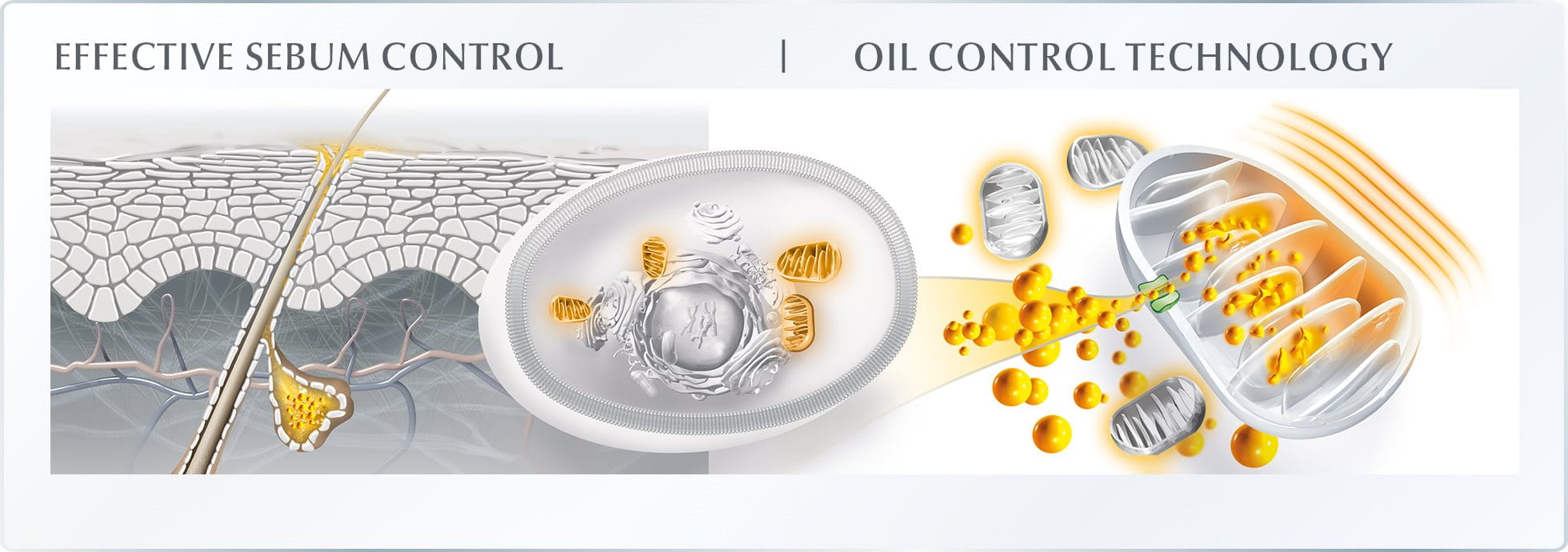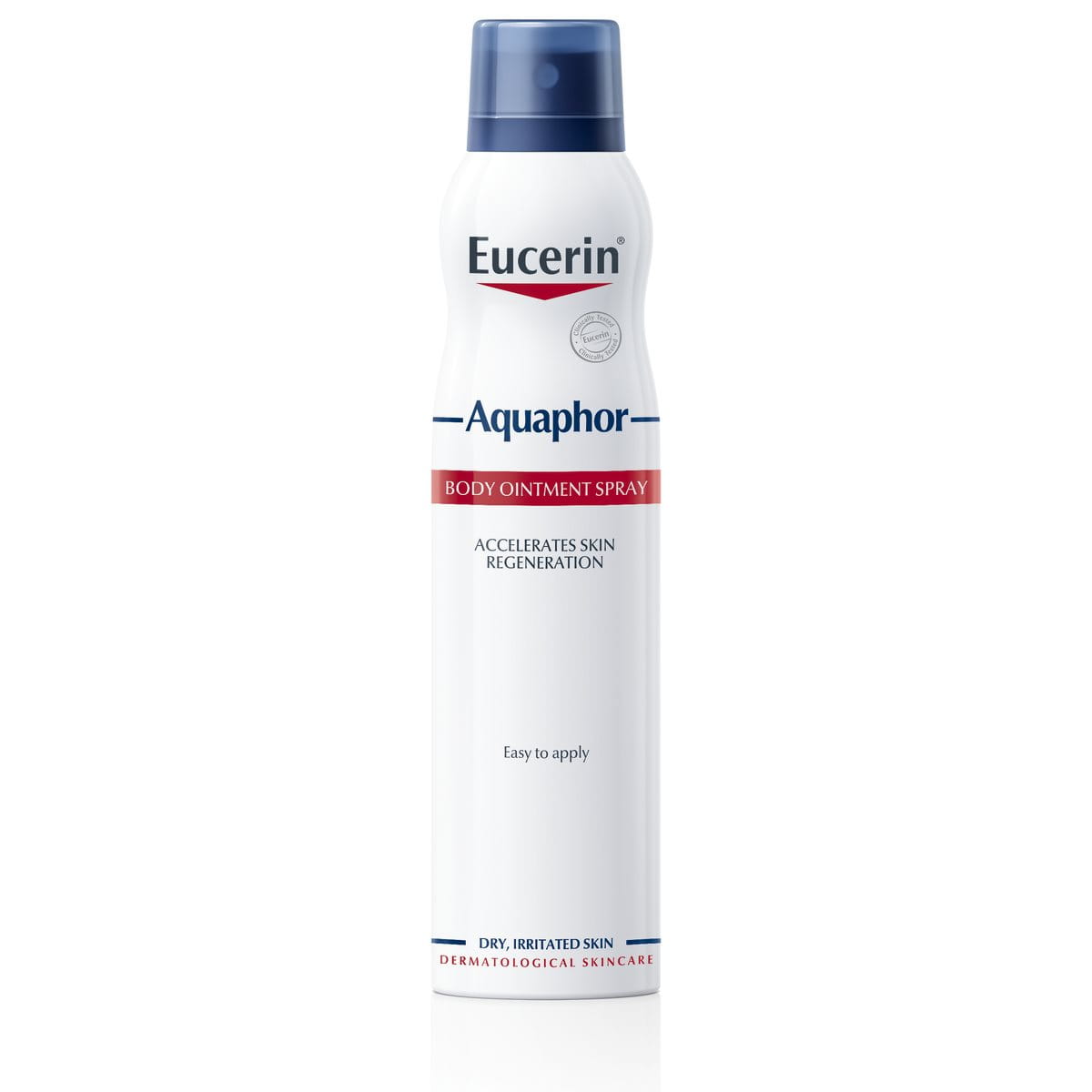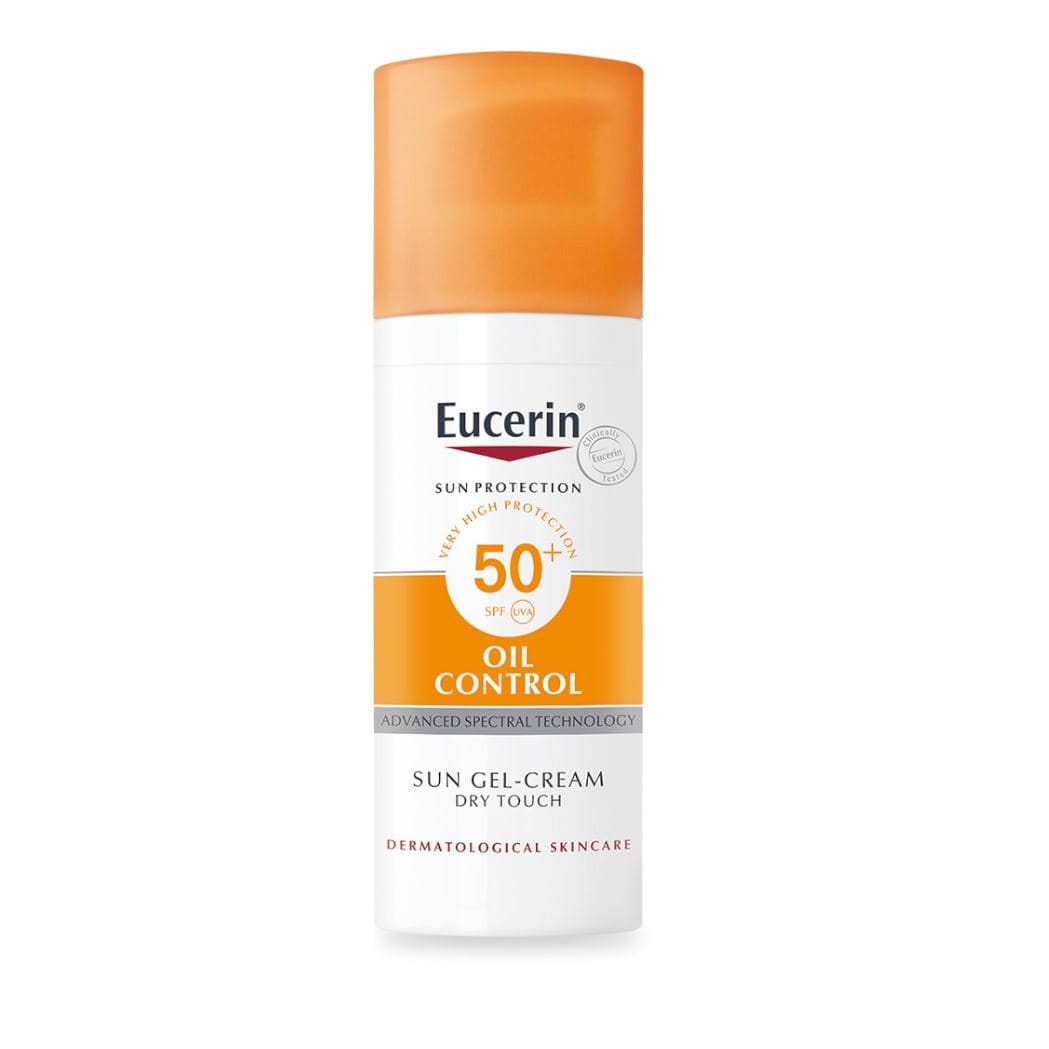Sun in moderation is good for us, but overexposure to the sun’s rays can cause both short- and long-term damage to our skin. Sun protection is a key step to keeping our skin healthy.
Eucerin Sun offers comprehensive protection against sun-induced skin damage with a range of products that have been specially formulated to address the specific needs of different skin types and conditions. In this article Anette Buerger and Dr Ludger Kolbe, who play a key role in the development of Eucerin’s sun protection range at Beiersdorf AG, explain the science behind the formulas and how the ingredient combinations work to protect skin from the sun while addressing particular skin concerns.
The negative effects of overexposure to the sun’s UV rays include sunburn, photoaging (premature skin aging caused by the sun), allergic reactions, pigmentation issues and, in the worst cases, skin cancer.
“But it’s not just UV rays that can stress skin,” explains Dr Ludger Kolbe, medical skin care and R&D expert at Eucerin. “Our research has shown that high-energy visible light, the light we see all around us, can also generate free radicals.” These free radicals are the primary cause of photoaging, the term that describes premature skin aging caused by the sun. The Eucerin team set out to create a superior formula that would go beyond UV to protect skin from the negative effects of high-energy visible (HEVIS) light.
Eucerin uses the highest quality broadband and photostable UVA and UVB filters. It follows the standards set by Cosmetics Europe and the levels of UVA protection are higher than the EU requirement. “In addition to those filters we also use Licochalcone A,” says Dr Kolbe. “Even the best filters can’t offer 100% protection and we’ve discovered that the addition of Licochalcone A works to neutralize the free radicals caused by both UVA and HEVIS light.”
Licochalcone A comes from the Chinese Licorice plant which uses natural compounds to protect its cells from excess sunlight. “It’s a powerful antioxidant and it protects the skin’s deeper epidermal layers from sun-induced free radical damage while soothing skin,” adds Ludger. Many of the formulas also include Glycyrrhetinic Acid to further protect skin at a cellular level. “It’s proven to support skin’s own DNA repair mechanism,” explains Ludger.

“If your skin is oily and prone to acne we recommend you use lighter sun protection products such as gels, fluids and sprays,” explains Anette Buerger, who works in R&D at Eucerin. Eucerin scientists use lipid-absorbing pigments and L-Cartinine as the basis for their unique Oil Control Technology.
Anette describes how products such as Eucerin Sun Gel-Cream Oil Control SPF 50+ “help to control skin’s sebum production and absorb excess oil so your skin appears matt as well as being protected from the sun.”

All Eucerin sun protection products protect skin from the photoaging damage caused by the sun, but for some people premature aging is a particular concern.
“Our photoaging sun protection products build on our Advanced Spectral Technology and DNA protection with the addition of Hyaluronic Acid,” says Anette. “Hyaluronic Acid is skin’s own moisturizer,” she adds, “but as we age skin produces less – skin’s structure weakens, it dries out and wrinkles start to form.” Eucerin uses two different types of Hyaluronic Acid – low and high molecular – in its photoaging products to plump skin at the deeper layers here wrinkles form as well as to address the visible appearance of fine lines and wrinkles on skin’s surface.
Anette recommends Eucerin Sun Fluid Photoaging Control SPF 50 for your face . She suggests that anyone concerned by pigmentation issues might like to try Eucerin Sun Cream Tinted Photoaging Control. “It offers SPF 50+ protection and contains color pigments that even out skin and conceal sun or age spots,” she explains.










